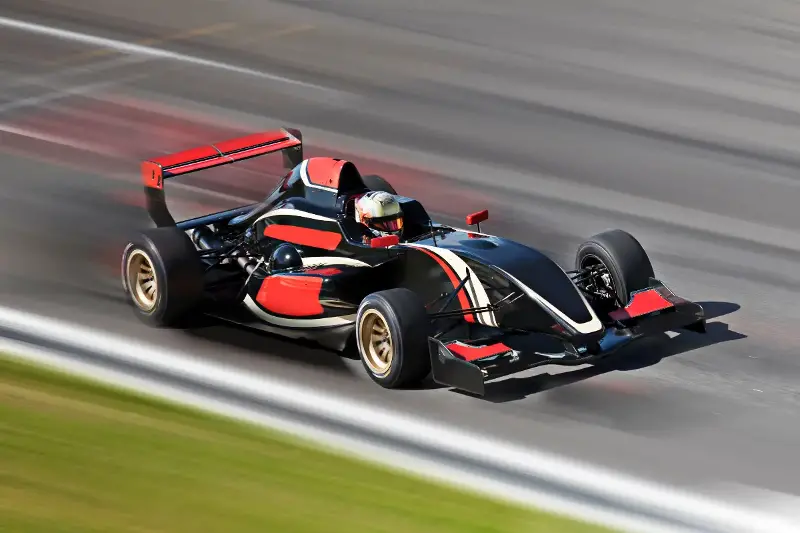
Early cars like the Alfa Romeo 158, with modest supercharged engines and wire-spoked wheels, rarely topped 200 km/h. Yet these icons established the foundation: light bodywork, powerful engines, and relentless competitive spirit. The first drivers weren’t just racers—they were part-time mechanics and full-time risk-takers.
Aerodynamic Alchemy: Wings, Wind Tunnels, and Wild Ideas
The 1960s and ’70s unleashed a storm of innovation. As designers started flirting with wind-tunnel technology, a revolution in aerodynamics transformed the F1 car’s silhouette. The Lotus 49 arrived with its Cosworth DFV engine serving as a stressed part of the chassis—a monumental leap. Suddenly, cars weren’t just driven, they were sculpted by the air.
- First appearances of front and rear wings channelled downforce, allowing more speed through bends.
- Brabham’s introduction of an “invisible” fan car in 1978 flirted with controversy yet hinted at the future—ground effect.
- Material science exploded: aluminium, titanium, and even early composites appeared, making cars lighter and stronger.
The 1970s cars became not just quicker, but masterpieces of mathematical precision; each line drawn for a reason, each surface tuned for maximum performance.

Digital Dawn: The Age of Computerised Control
By the late 1980s and into the ‘90s, digital technology invaded racing garages. Williams, McLaren, and Ferrari began using onboard computers for real-time telemetry. Data became king; every inch of circuit conquered was analysed for the tiniest advantage.
- Introduction of semi-automatic gearboxes in 1989 allowed drivers to change gears in milliseconds without a clutch.
- Traction control and active suspension systems emerged, powered by silicon chips, not just steel and rubber.
- Carbon fibre monocoques replaced metal frames, ushering in unmatched safety and structural integrity.
Watching Ayrton Senna dance his McLaren-Honda through Monaco’s winding streets, you were witnessing both raw human talent and the unblinking eye of technology at work.
Twenty-First Century Marvels: Power, Sustainability, and Human Ingenuity
F1’s modern era is a ballet of extremes. Today’s race cars boast hybrid V6 turbo engines producing over 1000 horsepower, harnessing both petrol and electrical energy with kinetic recovery systems. Each component is so precisely fabricated that a single bolt might cost more than a family car.
- Teams use AI-led simulations before a wheel turns in anger.
- Over 200 sensors collect gigabytes of data per race.
- 3D-printing, virtual reality, and lightning-fast pit stops (sometimes under 2 seconds!) typify the sport’s relentless pursuit of perfection.
Perhaps most inspiring is F1’s drive towards sustainability—hybrid powertrains, biofuels, and a commitment to net zero by 2030. Every improvement ripples outward, influencing the family cars of tomorrow in ways most drivers may never realise.

